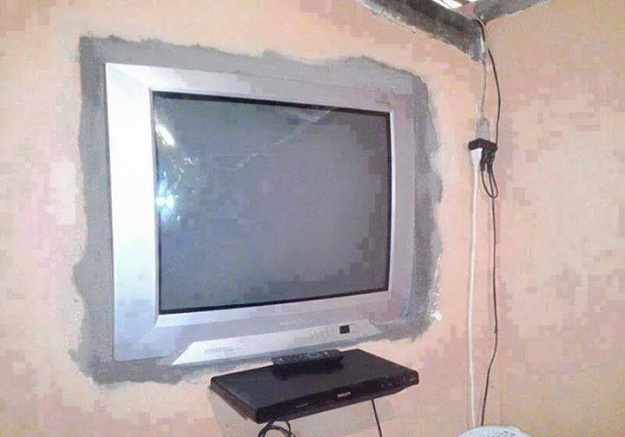
Typical power consumption is 400 watts for a 127 cm (50 in) screen. The plasma that illuminates the screen can reach a temperature of at least 1,200 ☌ (2,190 ☏). Power consumption varies greatly with picture content, with bright scenes drawing significantly more power than darker ones – this is also true for CRTs as well as modern LCDs where LED backlight brightness is adjusted dynamically.

The display panel itself is about 6 cm (2.4 in) thick, generally allowing the device's total thickness (including electronics) to be less than 10 cm (3.9 in). (As plasma panels are locally lit and do not require a back light, blacks are blacker on plasma and grayer on LCD's.) LED-backlit LCD televisions have been developed to reduce this distinction. They had a very low luminance "dark-room" black level compared with the lighter grey of the unilluminated parts of an LCD screen. Plasma displays are bright (1,000 lux or higher for the display module), have a wide color gamut, and can be produced in fairly large sizes-up to 3.8 metres (150 in) diagonally. Plasma displays are obsolete, having been superseded in most if not all aspects by OLED displays. Manufacturing of plasma displays for the United States retail market ended in 2014, and manufacturing for the Chinese market ended in 2016. By 2013, they had lost nearly all market share due to competition from low-cost LCDs and more expensive but high-contrast OLED flat-panel displays. Until about 2007, plasma displays were commonly used in large televisions.

Panasonic plasma TV of the last generation. Plasma televisions were the first large (over 32 inches diagonal) flat panel displays to be released to the public. A plasma display panel ( PDP) is a type of flat panel display that uses small cells containing plasma: ionized gas that responds to electric fields.


 0 kommentar(er)
0 kommentar(er)
